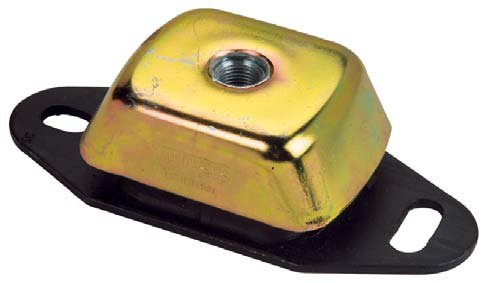Juliet 15
Senior Member
I've been scratching my head over this for about a week now. If you have any experience or expertise in this realm, I'm grateful for your input. I'm doing my first shaft/xmsn alignment after having changed the engine mounts. DD 4-71s on Aloson MH-30 xmsn. Shafts and props are clean, checked, and straight, cutlesses are new.. The first cutless brg is about 5 - 8 feet from the shaft log. That means there's some unknown droop in the shaft end closest to the engine. Logic seems to say I should pull up on the shaft some amount to compensate for that droop before connecting to the engine. If not, I could be moving the engine around to align it with a drooping shaft, no? How do I calculate the amount of droop, and therefore the amount of upward pressure to put on the shaft to compensate for the droop?



